REVISED AND UPDATED
Typography Essentials
100 Design Principles for Working with Type Ina Saltz

One of the principles of durable typography is always legibility; another is something more than legibility: some earned or unearned interest that gives its living energy to the page. It takes various forms and goes by various names, including serenity, liveliness, laughter, grace and joy. Robert Bringhurst,
The Elements of Typographic StyleINTRODUCTION
TO THE REVISED AND UPDATED EDITION OF TYPOGRAPHY ESSENTIALS I am excited to have the opportunity to present this newly revised edition of
Typography Essentials, which includes a wonderful selection of new design work by some of the top professionals in the field. I hope you will be inspired by these stellar examples of both print-based work and screen-based work: mobile, tablet, web, and environmental work, three dimensional and electronic. Our eye for visuals and our swiftly advancing technology are ever changing and evolving. However, the typographic principles that govern all good design remain the same.
The mission of Typpography Essentials is to distill, organize, and compartmentalizebut not to oversimplifythe many complex issues surrounding the successful and effective use of typography. It is for designers of every medium in which type plays a role. A deep understanding of letterforms and knowledge of the effective use of letterforms develops over a lifetime of design practice and study. Typography Essentials is intended to advance the progress of designers seeking to deepen their typographic expertise; it is organized and designed to make the process enjoyable and entertaining, as well as instructional. The typographic principles are divided into four sections: The Letter, The Word, The Paragraph, and The Page. Each of the 100 principles has a spread with an explanation and examples representing the principle in action.
You will notice that, in some cases, the principles will contradict one another. Contradiction is inherently necessary because many excellent typographic designs flout the basic rules of any Type 1 class. This is why it is so important to know the rules in the first place. As my calligraphy teacher, Donald Jackson, so eloquently observed: All rules may be broken in divinely successful ways. This sentiment has been expressed in many forms by prominent designers, yet it leads beginners to think that there really are no hard-and-fast rules. Nothing could be further from the truth.
In fact, there are myriad rules that govern the use of type. As design schools and design students chafe under the yoke of teaching and learning those rules, type can be one of the most disliked (indeed, feared) components of design. And yet, it is the most crucial aspect of almost all design-related projects. I believe that those who possess finely honed typographic skills have an enormous advantage in the workplace, whether they are newly graduated designers or mid-career professionals. Typographic skills are eminently transferable across all media, but few designers have a true grounding in typographic essentials. Those who do, immediately stand out.
The number of available typefaces keeps expanding exponentially, but the essential principles of good typographic design remain largely unchanged. Whether in print, on computer screens, interactive interfaces, tablets, or mobile devices, designers must still respond to the same human factors that have always governed sound typographic choices. In fact, as baby boomers age and their eyesight degrades, and as smaller devices demand greater legibility under multiple viewing conditions, the challenges that must be considered have never been greater for designers. Just as some principles may be contradictory, there is, inevitably, some overlap among the four sections of typographic principles in Typography Essentials. And, while there is no single volume that can convey the vast body of information about typography, I hope this book will play a significant role in continuing typographic education with clarity and easy comprehension for designers at all levels. _______________________________________ In Becoming a Graphic and Digital Designer, by Steven Heller and Teresa Fernandez (Fifth Edition, Wiley, 2015), most prominent designers list excellent typographic skills or superior typographic skills as among the most important characteristics of job seekers.
Also, an independent review of hundreds of job descriptions for designers lists excellent typographic skills as a major job requirement. Project Background Panels Design Director Donald Partyka Designer Donald Partyka Client LinkedInLearning
THE LETTER
Using letter as form
EACH LETTER IS A SHAPE UNTO ITSELF, a shape that may serve as an illustration, as an icon, as a vessel, or as a graphic focal point, apart from its meaning as an alphabetic unit. Especially when used at very large sizes, the extreme proportions of letterforms can have exceptional impactthis technique has been exploited very effectively by many successful designers. Letters can be expressive when used alone, as a simple silhouette, as an outline, or as a container for image, texture, or pattern. The beauty and power of the individual form may also be used partially: or a shape that is sliced and diced, cropped, or reversed horizontally or vertically. Because it is a letterform, it has a built-in relationship with any typeface that accompanies it.
Its inherent integration unifies the design of the whole piece. Project Rebecca Minkoff Couture Identity Concept Design Studio Remake Art Director, Designer Michael Dyer Client Rebecca Minkoff This custom-lettered logo forms a discrete shape, but within its boundaries, each letter is delicate and leaf-like. The delicacy is further underscored by the pastel color gradation. The logo also appears with some of its counter spaces filled with a similar hue.
Project Brooklyn Public Library Branding Studio Eight and a Half Art Director Bonnie Siegler Designer Andrew James Capelli Client Brooklyn Public Library The letters comprising the logo can accommodate images, textures, and colors to reflect different aspects of the organizations identity and a variety of events.
Project Salute the Sound Design Director Paul Sych Typographer Paul Sych Client Bass the Beat Productions These letterforms are beautiful abstractions, chunky ribbons of color.
Project Salute the Sound Design Director Paul Sych Typographer Paul Sych Client Bass the Beat Productions These letterforms are beautiful abstractions, chunky ribbons of color.
It is amazing that we can actually read this phrase, given how spare the forms are. The letterforms suggest the vinyl ridges of an album or LP.


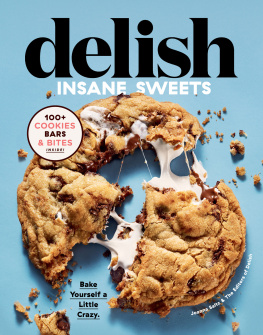
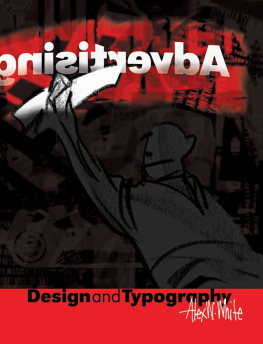
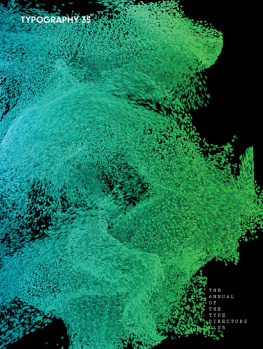

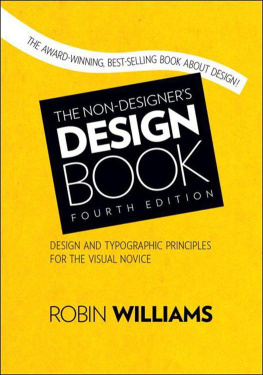
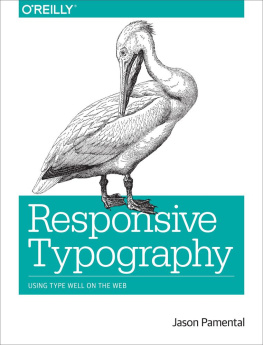
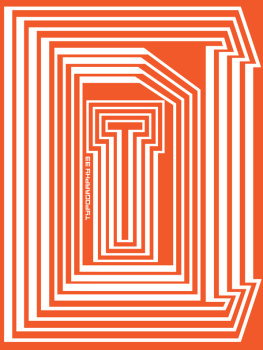
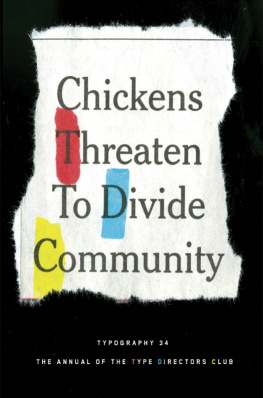
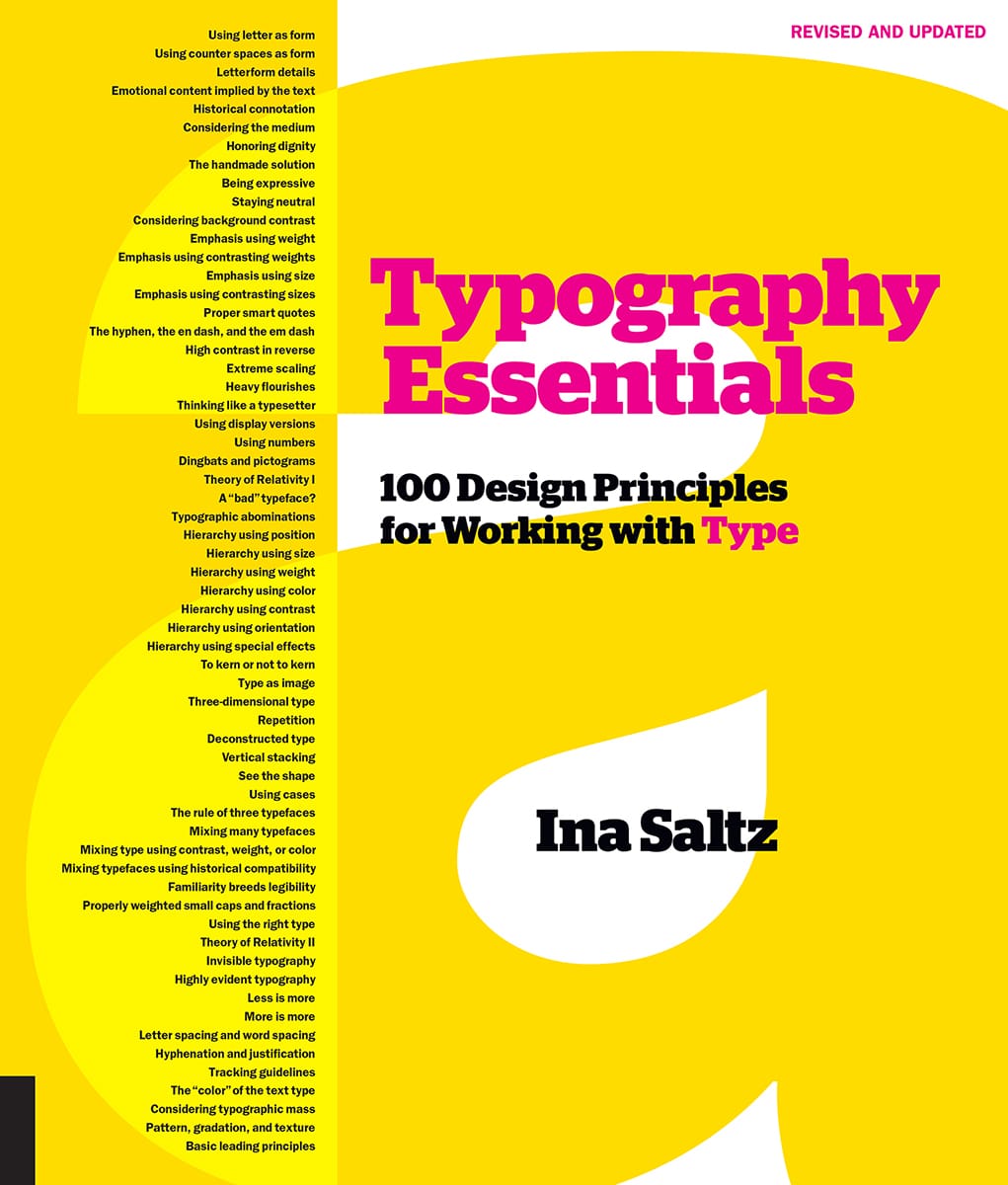
 One of the principles of durable typography is always legibility; another is something more than legibility: some earned or unearned interest that gives its living energy to the page. It takes various forms and goes by various names, including serenity, liveliness, laughter, grace and joy. Robert Bringhurst, The Elements of Typographic Style
One of the principles of durable typography is always legibility; another is something more than legibility: some earned or unearned interest that gives its living energy to the page. It takes various forms and goes by various names, including serenity, liveliness, laughter, grace and joy. Robert Bringhurst, The Elements of Typographic Style


